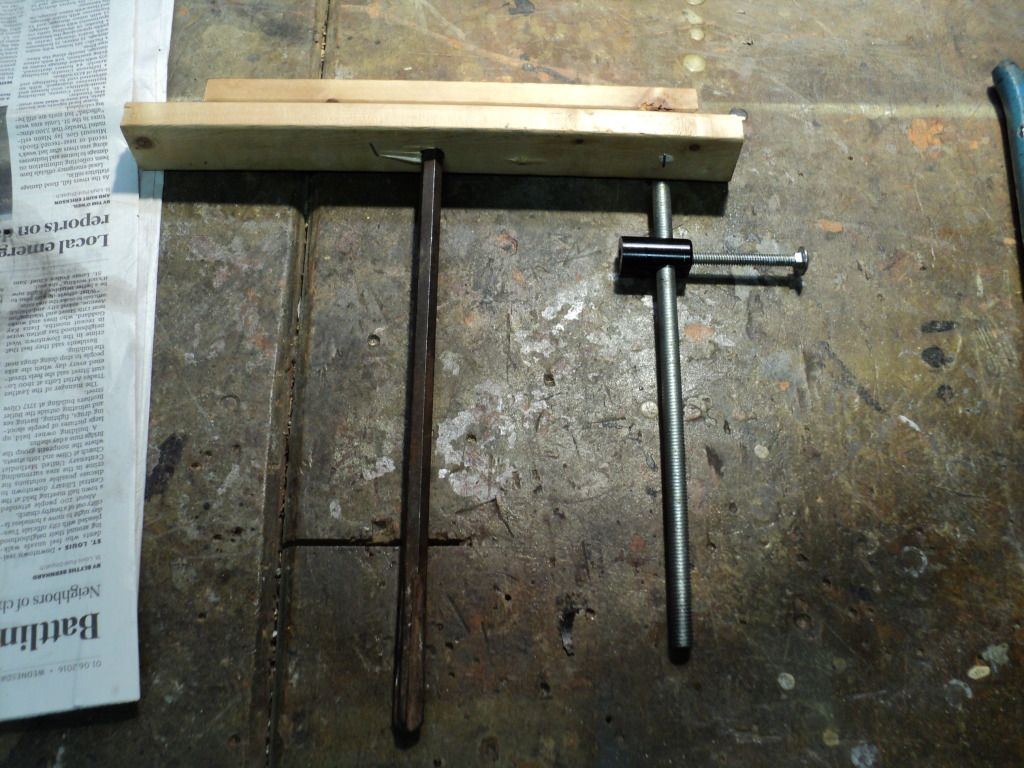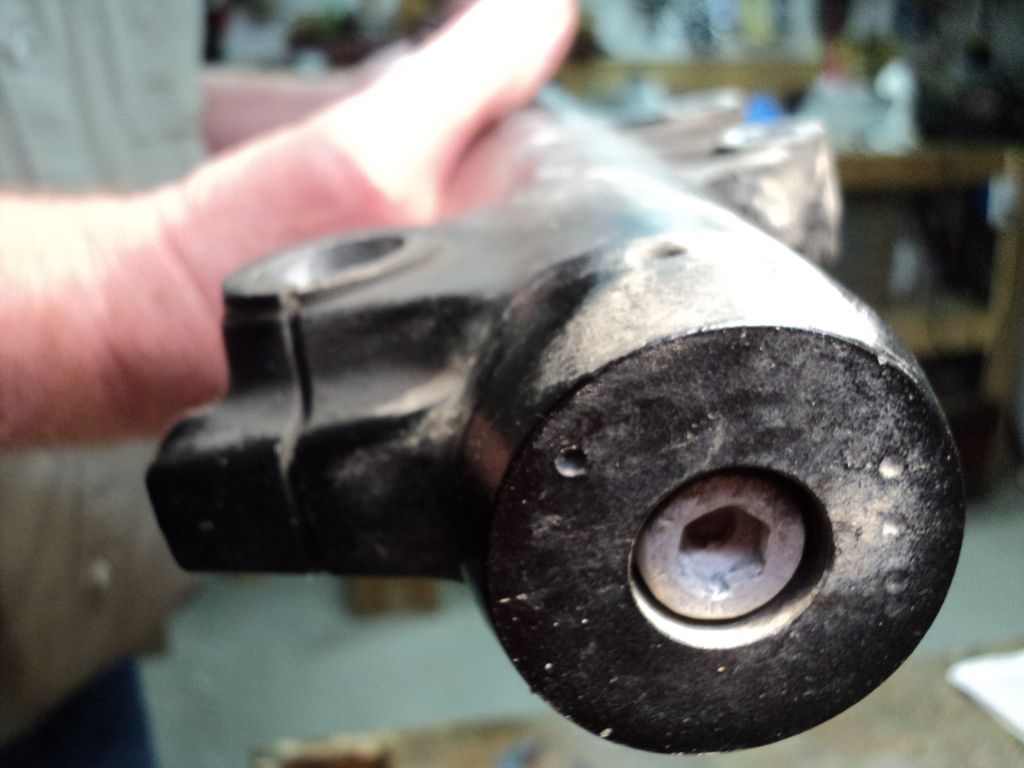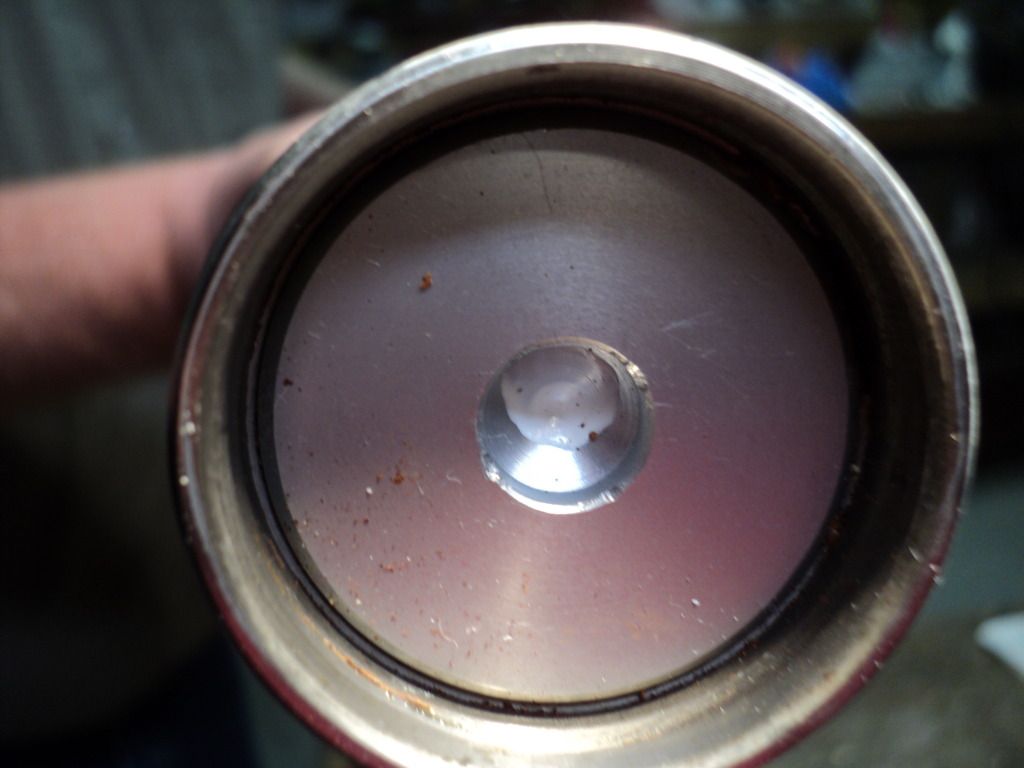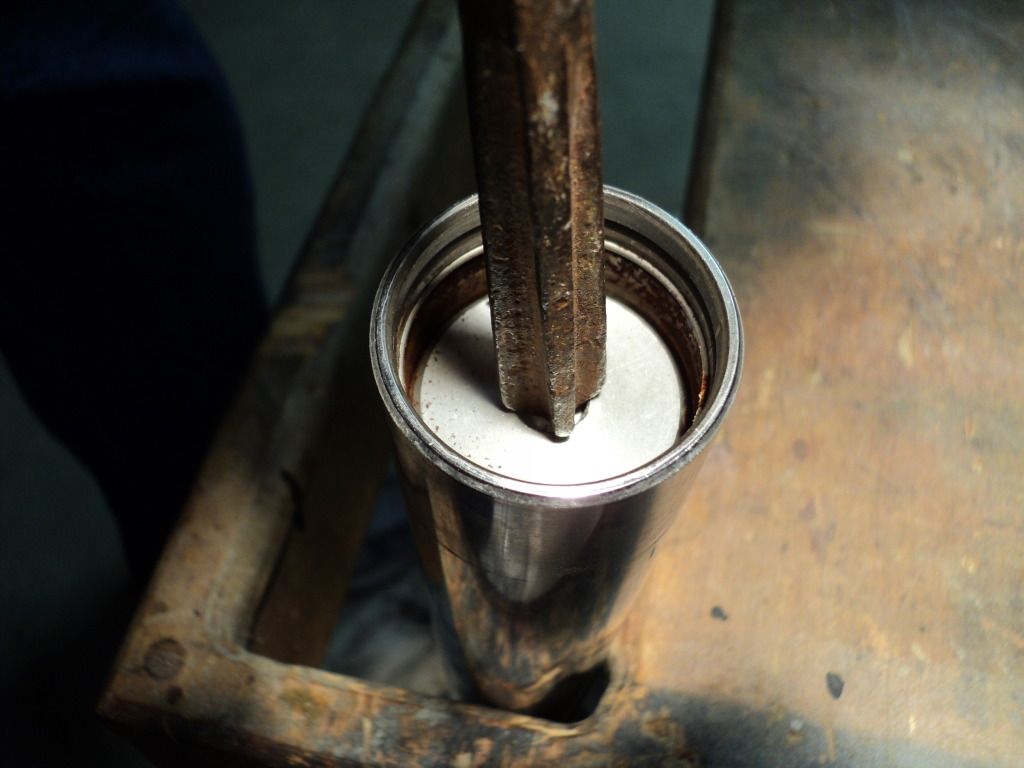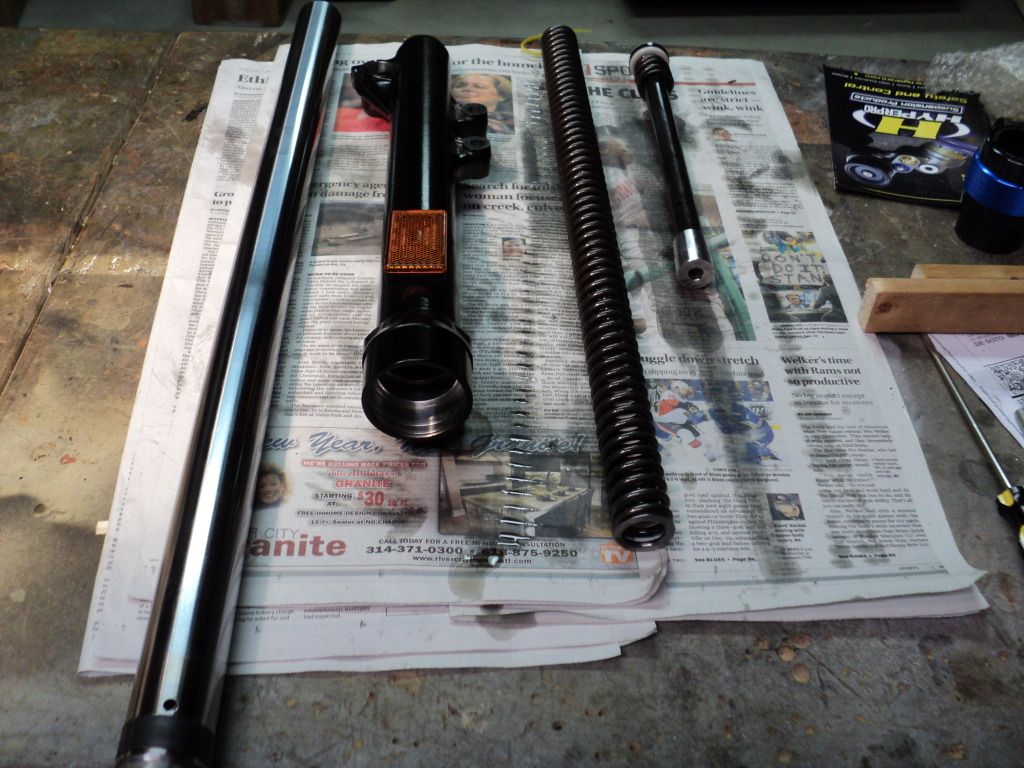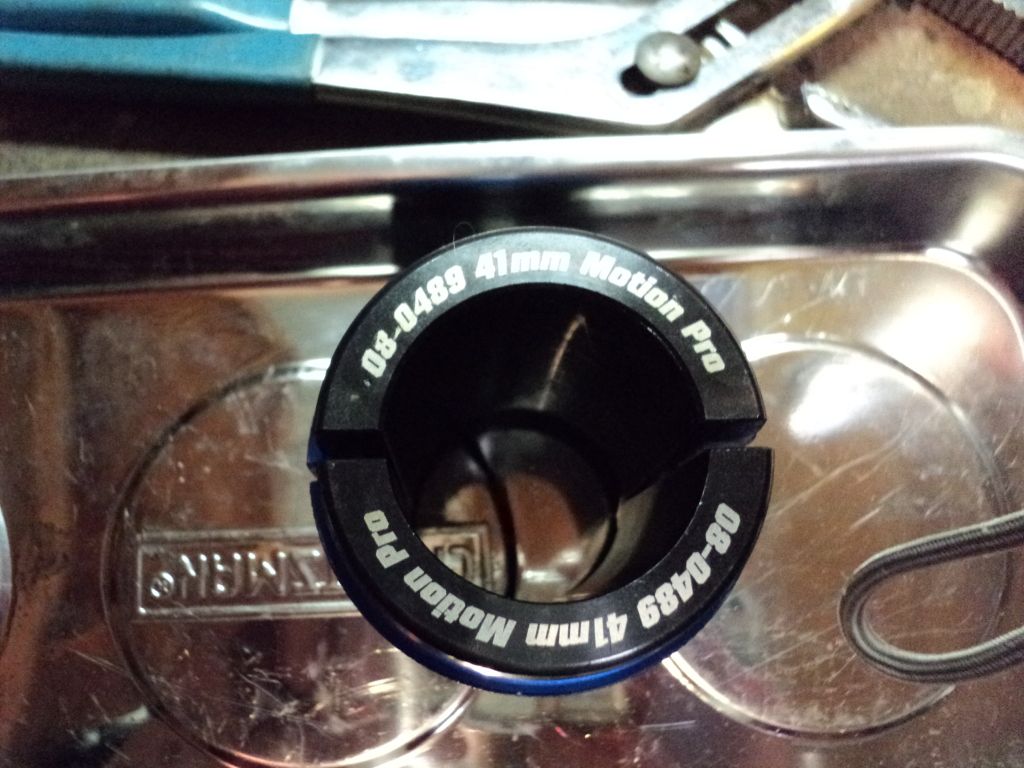weschmann
Kawa Afterthought
I'm getting ready to disassemble my F700GS fork tubes to install Hyperpro fork springs. Looking at all the videos available on Youtube for other types of bikes on the process, it would appear that at the top of the fork tube there should be a cap, other than the little plastic cap that pops out on top that should be loosened before removing the entire fork tube from the bike. When I look at the top with the plastic cap removed, I don't see any type of nut head or torx bit access to get a bite on loosening the top cap. Is there a cap that needs to be loosened before removing from the bike? Just a bit confused and would like to have an idea of how to progress past this first step.



